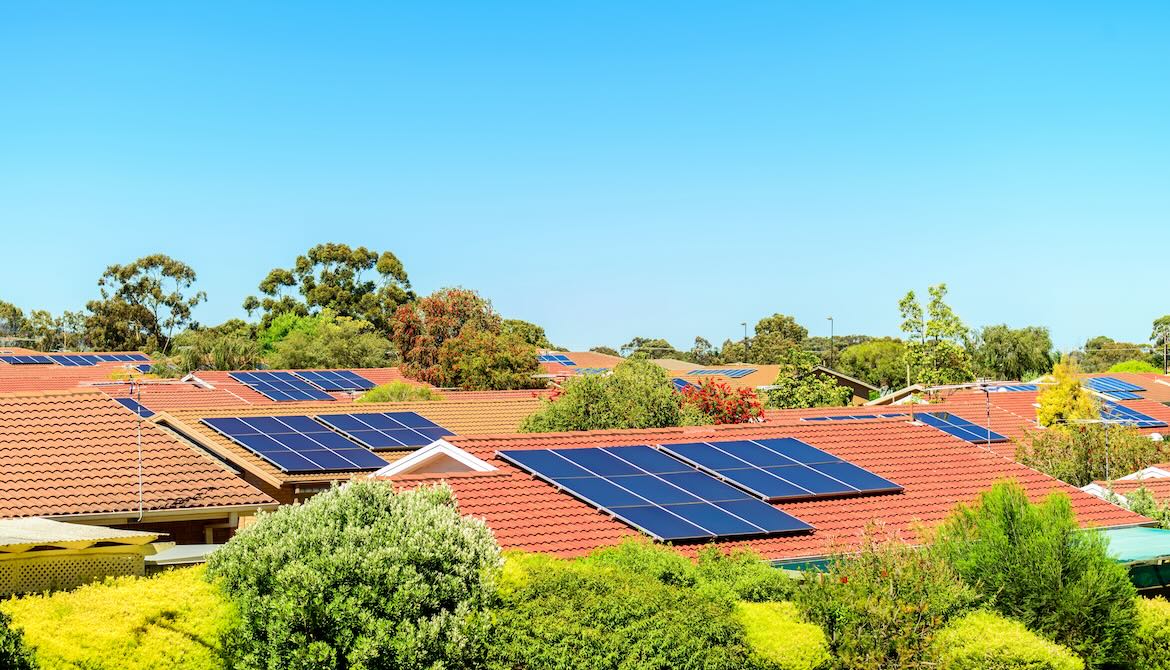3 minutes
The evolution of green products at Australia’s Community First Credit Union
Credit unions only exist for the benefit of members, but empowering members requires more than good intention. Similarly, the creation of corporate green objectives includes more than meeting compliance initiatives or producing sustainability reports, and Community First has more than 16 years of experience of delivering practical benefits to members in this area.
Australia’s climate is characterized as a land of drought and flooding rain, so meeting these environmental challenges requires constant improvisation.
In 2006, the Central Coast of New South Wales was facing a drought, and residents were being asked to consider rainwater tanks to store water. However, rainwater tanks needed concrete pads and plumbers to install them. That could mean an outlay of $10,000 or more, which was expensive. Therefore, Community First adapted its personal loan product to be a low interest personal loan specifically designed to help homeowners help themselves and the environment.
The product then evolved to contribute to the federal government’s Home Insulation Program in 2009 and helped more consumers Australia-wide. In 2024, the low-rate green loan is now available for any environmentally friendly purpose and competes with no-interest and buy now, pay later providers. The portfolio continues to grow year on year and represents about 10% of the total loan portfolio which now exceeds $1 billion.
Tackling the Rising Cost of Living Is Today’s Challenge
Many of our current members and consumers across Australia have been hard hit by the rising cost of fuel and electricity. Green loans have become increasingly popular in recent years, particularly for financing renewable energy such as solar power and electric vehicles. These green loans are designed to make it easier for individuals and communities to adopt sustainable technologies and can have a number of benefits.
Some energy efficient improvements include solar/photovoltaic and battery hybrid systems, LED lighting, home insulation, rainwater tanks, double glazing and many more. These solutions can help reduce household energy and water consumption, leaving more room in the household budget for other important costs. Members who use solar power can recoup their initial upfront cost generally within eight years.
A Tangible Difference
Community First does not actively advocate for what type of car our members drive and continues to offer financing for petrol car loans. However, the credit union differentiates the price and features of the car loan product for hybrid and electric vehicles, which can also be expensive.
The use of Community First’s green loans is also benefitting the financial wellbeing of our members. According to Finder, just over one quarter of Australians place their energy bill in their top three most stressful expenses. Plus, a study reveals that making our homes more eco-efficient can mean annual savings of around $450 in heating and cooling bills.
The adoption of solar power and electric vehicles can also have wider economic benefits for the community. The installation of solar power systems and electric vehicle charging stations can create new jobs for installation, maintenance and support. On a global scale, clean energy is expected to generate 10.3 million new jobs by 2030.
A major benefit of electric vehicles is that they often result in long-term savings due to reduced energy and fuel costs. While these technologies can have higher upfront costs compared to traditional options, the running costs of an electric vehicle can reduce fuel expenses of up to 70% and maintenance costs of around 40%.
Electric vehicles can also significantly reduce greenhouse gas emissions compared to internal combustion engine vehicles. In Australia, 85% of greenhouse gas emissions come from road-bound vehicles, half of which comes from cars. The average car (using an internal combustion engine) roughly produces 185g CO2/km, whereas an EV only produces 98g CO2/km, which is 47% less in emissions.
By financing sustainable technologies through our green loans, individuals and communities can reduce their carbon footprint, access cost savings and support economic development. These loans are an important tool for making sustainable practices accessible for more people.
To date, Community First has funded the cost of thousands of environmentally friendly improvements for the home, with solar panels being a key focus.
CUES member John Tancevski is CEO of $1.3 billion Community First Credit Union Ltd., operating as Community First Bank, Auburn, New South Wales, Australia.





